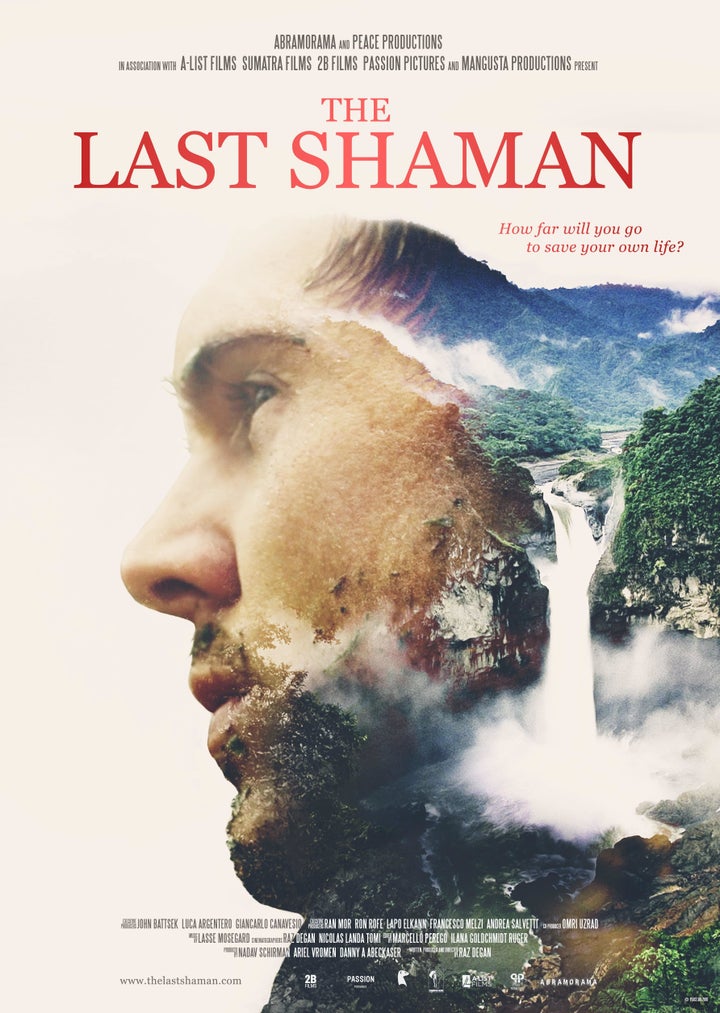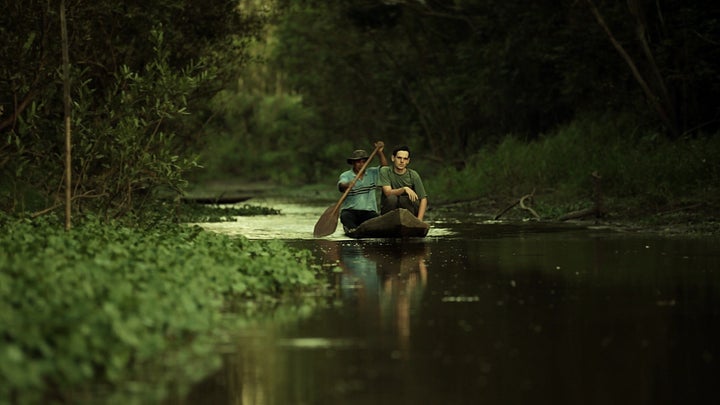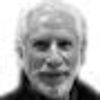
The Last Shaman
Debuts on May 12, 2017
Ayahuasca is an hallucinogenic drug concocted by chopping and boiling Amazonian plants known to indigenous people for a very long time. The first western knowledge of ayahuasca was by a British biologist in 1851. The principal ingredient is made from a vine, Banisteriopsis caapi, (‘vine of the soul’ or ‘vine with a soul’); a second key ingredient, is either chacruna (Psychotria viridis) or chagropanga (Diplopterys cabrerana). Ayahuasca contains a powerful psychedelic substance DMT (N,N-Dimethyltryptamine). Drinking the brew induces an altered, hallucinatory state that lasts up to eight hours.
Shamans, from the sketchy to the noble, sell and administer the drug, which is legal in a number of countries. The recipient of the “medicine” usually is seeking healing from any number of bodily or psychic ails, or may wish a visionary experience, or all of these aspirations. There best is preparation for the use of ayahuasca by a Shaman, with body cleansing and developing an understanding between him and the person suffering before proceeding to take the drug.
Depression is a mental disorder whose presence has been described since antiquity. An estimated 17% of Americans will experience a clinical depression in their lifetime, meaning their functioning will be impaired by the condition. Onset happens throughout the life cycle, from children to elders, with women reported to have a higher incidence than men. Depression is rapidly becoming a major cause of worldwide disability. It is frequently found to be co-occurring with a host of other chronic illnesses, including diabetes, asthma, heart and neurological diseases, and cancer. While treatment has become more precise and comprehensive (e.g., combining therapy, medications and mind-body interventions) as many as one in three people affected will have a persistent, debilitating depression where the suffering and hopelessness combine to foster grave states of suicidality.
The Last Shaman is a haunting documentary that takes us from Phillips-Andover, the elite, Massachusetts prep school, to the Amazon and back. James (Freeman) falls ill with depression as a teenager and cannot escape its grip. The son of two physicians he receives many conventional western treatments, without relief. He enters McLean Hospital, a Harvard psychiatric facility (where I was its Medical Director many years ago), and receives a course of ECT, which like so many segments of this film, is starkly rendered; but even ECT, known to make a difference in the most recalcitrant of depressions, provides him no surcease. He is “dead inside” and wants to die. We see him standing beside a passing rail train contemplating how best to end his life.
These two threads, drug and depression, now intertwine. James learns about ayahuasca and determines to pursue it as a treatment for his potentially deadly disease of depression. So begins a quite amazing and engrossing journey that Raz Degan, our documentarian, shoots up close and personal in a steady crescendo. We accompany this pensive young man to Peru, to his succession of Shamans, including “The Last Shaman”, to his submersion into the native culture, the ongoing use of ayahuasca, a four month isolative retreat, and his resurfacing having found life again.

The Amazon
The first Shaman James selects has one of his “patients” die, a cautionary event for James who continues his search. He finds a ‘gringo’ Shaman, with a past of drug and alcohol abuse, who speaks English, which is better than James’ initial limited Spanish. But that Shaman abruptly ends the ‘treatment’, having decided it is time for him to build a new camp. James decides to go deeper into the rain forest and enters a remote indigenous community where he finds “the last Shaman.” There he settles in for an extended immersion with the Shipibos, Pepe the Shaman, ayahuasca ingestion and ceremonies, tobacco (considered an essential part of the process), and native living, including his four month isolated experience (which included taking ayahuasca) –all carefully chronicled in the film. We see him become emaciated and enter the interiors of his mind and the reveries produced by the psychedelic drug. His future seemed, to me, to be pretty uncertain by that time in his journey.
Yet, here too the ‘treatment’ and James’ community membership ends suddenly when Pepe is extruded from the village in what seems to be the local equivalent of a hostile takeover by an NGO claiming hegemony in the area.
There are moving interviews with James’ parents, who love and support him ceaselessly, despite their anxieties and often lack of information about his whereabouts and state of mind. I was not surprised but still was troubled to see a parent, his father, hold himself guilty - as too tough a dad - for the mental illness that James developed; while that can happen, it is not generally how severe, major depressive illness is produced. We need to help parents better understand they are usually not at fault and, like James’ family, they can be the most enduring and strongest supports a person with a mental (or any other chronic) illness can have.
After Pepe is lost to the community, James decides to return home, to Massachusetts and his family. He tells us he has found “peace” and “that all will follow.” He seems changed. We see it in his visage and his demeanor, with a will to live and “be a part of everything else.” And he remarks that ayahuasca should not be “worshipped”, since it is only a vehicle to self-discovery.
“In oneself lies the whole world…” So reads the opening frame of the film. The film ends full circle, where James’ not only comes home to his family but to himself as well. Yet the realization of a great truth that opens our entry into this documentary can be deeply elusive, and its discovery often a protracted process and a revelation. More lost souls should have the hard won good fortune James labored for and was able to achieve.
…………
Dr. Lloyd Sederer is a psychiatrist and public health doctor. The opinions offered here are entirely his own.
His latest books are Improving Mental Health; Four Secrets in Plain Sight (2017) and Controversies in Mental Health and the Addictions (2017). Dr. Sederer’s book on drugs in America will be published by Scribner (Simon & Schuster) in January 2018.
@askdrlloyd

Improving Mental Health: Four Secrets in Plain Sight

Current Controversies in Mental Health and Addictions
